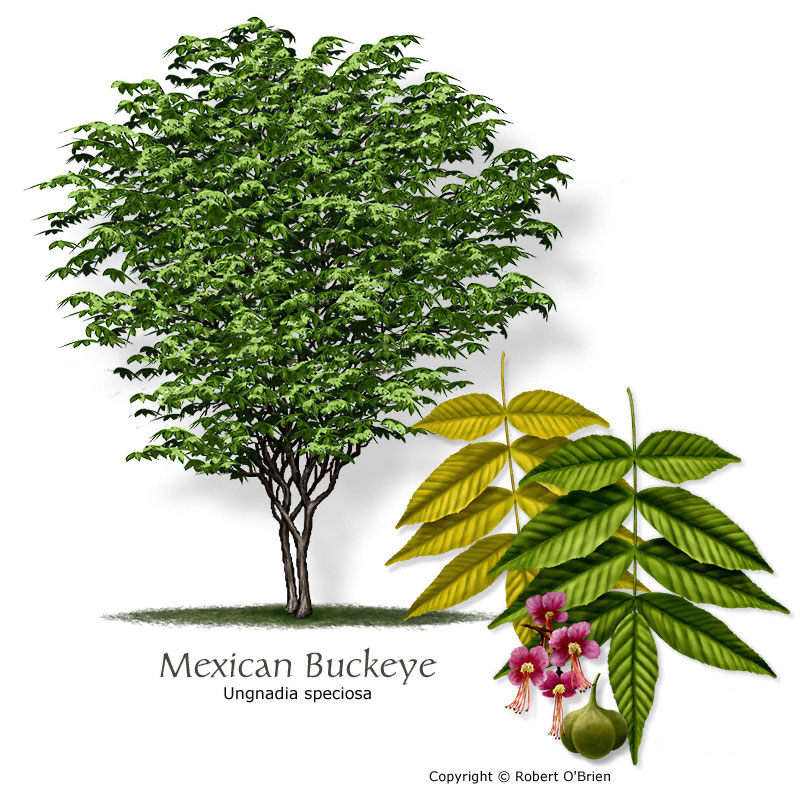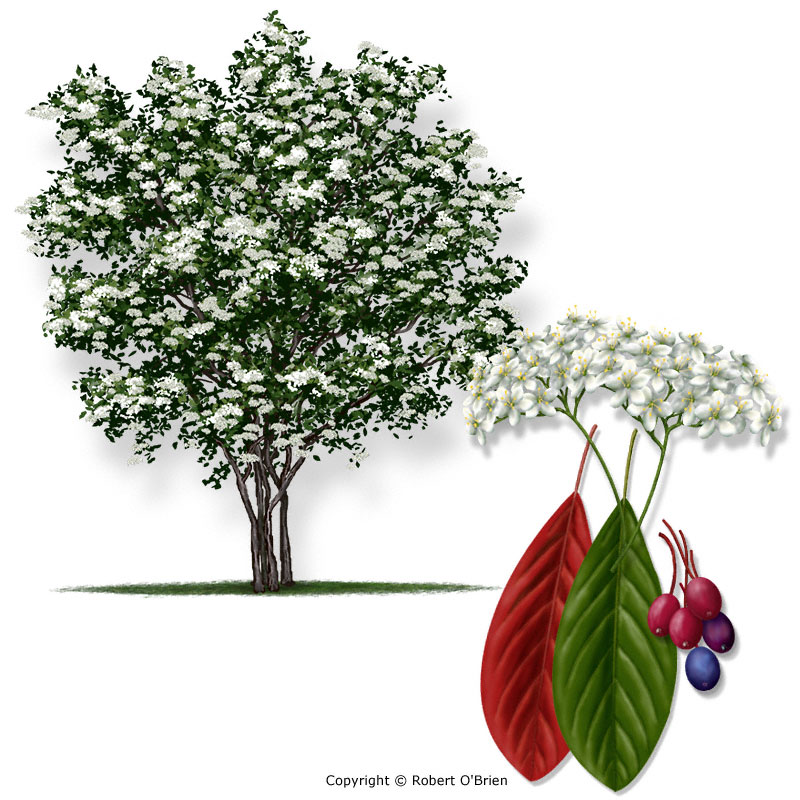


This new edition includes updated photographs expanded information a Quick Compare section for leaves, needles, and silhouettes and even more of Stan’s expert insights.
#Trees of texas leaf guide professional#
Professional photos: Crisp, stunning full-page images Stan’s Notes: Naturalist tidbits and facts Deciduous or Evergreen: Deciduous means the plant sheds its leaves.
#Trees of texas leaf guide plus#
Fact-filled information contains the particulars that you want to know, while full-page photographs provide the visual detail needed for accurate identification.ġ80 species: Every native tree plus common non-nativesĮasy to use: Thumb tabs show leaf type and attachmentĬompare feature: Decide between look-alikes and pictures of native and adapted Texas plants, shrubs, trees, and flowers. Mongolian Oak Golden Oak White Oak The leaves of the White oak are funnel-shaped, sinuate and up to 20 cm long and 9 cm wide. Just look at a tree’s leaves, then go to the correct section to learn what it is. List Of Oak Leaves Here youll find a selection of oak leaves. Learn about 180 species found in the state, organized by leaf type and attachment. The leaves of the lemon beebalm produce a pleasant citrus scent when rubbed or crushed. There’s no need to look through dozens of photos of trees that don’t grow in Texas. With this famous field guide by award-winning author and naturalist Stan Tekiela, you can make tree identification simple, informative, and productive. In large, sunny, open areas, such as fields and rights-of-way, native grasses may provide a low-maintenance alternative to turfgrasses. So grab Trees of Texas Field Guide for your next outing-to help ensure that you positively identify the trees that you see.Learn to identify Texas trees with this handy field guide, organized by leaf type and attachment. Broadleaf evergreens, coniferous trees and shrubs are useful in providing natural windbreaks, screening unattractive views, and creating areas of privacy for outdoor living and enjoyment. If a picture exactly matches your leaf, clicking on the picture will take you directly. Stan’s Notes: Naturalist tidbits and facts Virginia Tech Dendrology is THE source for tree identification. Fact-filled information contains the particulars that you want to know, while full-page photographs provide the visual detail needed for accurate identification.ġ80 species: Every native tree plus common non-nativesĮasy to use: Thumb tabs show leaf type and attachmentĬompare feature: Decide between look-alikes Just look at a tree’s leaves, then go to the correct section to learn what it is. Learn about 180 species found in the state, organized by leaf type and attachment. There’s no need to look through dozens of photos of trees that don’t grow in Texas. Learn to identify Texas trees with this handy field guide, organized by leaf type and attachment.With this famous field guide by award-winning author and naturalist Stan Tekiela, you can make tree identification simple, informative, and productive. The most common species in North America are oaks, maple, hickory, birch. Pecan trees can reach up to 130 feet in height but will usually grow 70 to 100 feet tall with a spread of 40 to 75 feet. Unlike softwood varieties, hardwood trees have evolved into a broad array of common species. Learn to identify Texas trees with this handy field guide, organized by leaf type and attachment. The state tree of Texas, this tree needs plenty of room (above and below ground) to grow.


 0 kommentar(er)
0 kommentar(er)
